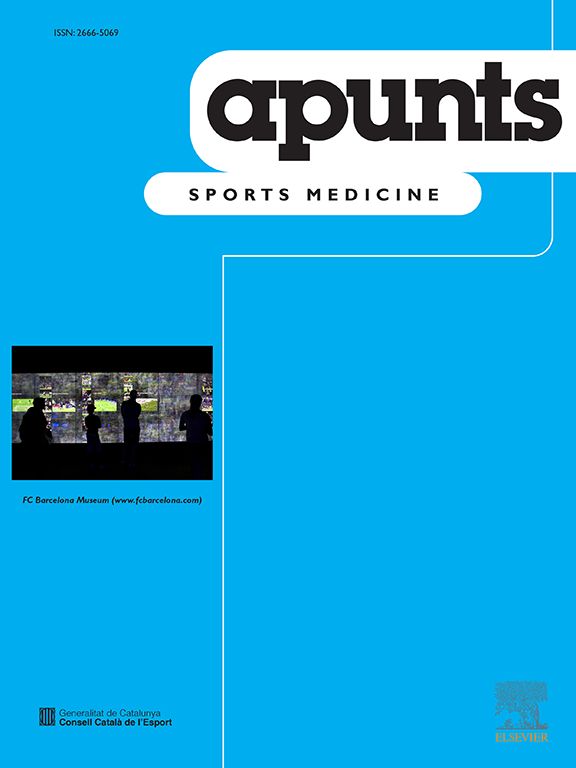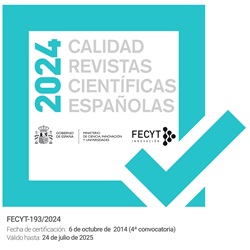This research study evaluated the relationship between scoliosis and a set of variables related to age, motor skills (left-handed or right-handed) and the method of transporting school supplies (backpack or trolley) among a school-aged male population. The final selection of the sample - comprising 682 participants between 6 and 12 years old and residents in Granada (Spain) - was conducted by sampling in response to a natural composition of the groups. Several measurement instruments (such as Edinburgh Handedness Inventory, Adam's test and a questionnaire) were applied in order to collect the selected variables. The results indicated that 9.4% (n = 64) of the boys suffered from scoliosis, 10% (n= 73) were left-handed and 58.2% used a backpack for the transportation of school supplies. No statistically significant difference was found between the deviation of the spine and lateral dominance nor between the transportation of school supplies and deviation of the spine; however the results showed a connection between age and incidence of scoliosis (p= 0.03) as well as between age and the method of transporting school supplies (p= 0.00), mainly due to sociocultural habits. In conclusion, there is no connection between suffering scoliosis and left-handedness, nor between the method of transporting school supplies and the incidence of scoliosis. However, these results could vary at older ages and, therefore, programs aimed at teaching good ergonomic guidelines and preventing the pathology of the spine in schoolchildren and adults are highly encouraged in order to improve their quality of life.
The Impact Factor measures the average number of citations received in a particular year by papers published in the journal during the two preceding years.
© Clarivate Analytics, Journal Citation Reports 2025
SRJ is a prestige metric based on the idea that not all citations are the same. SJR uses a similar algorithm as the Google page rank; it provides a quantitative and qualitative measure of the journal's impact.
See moreSNIP measures contextual citation impact by wighting citations based on the total number of citations in a subject field.
See more




